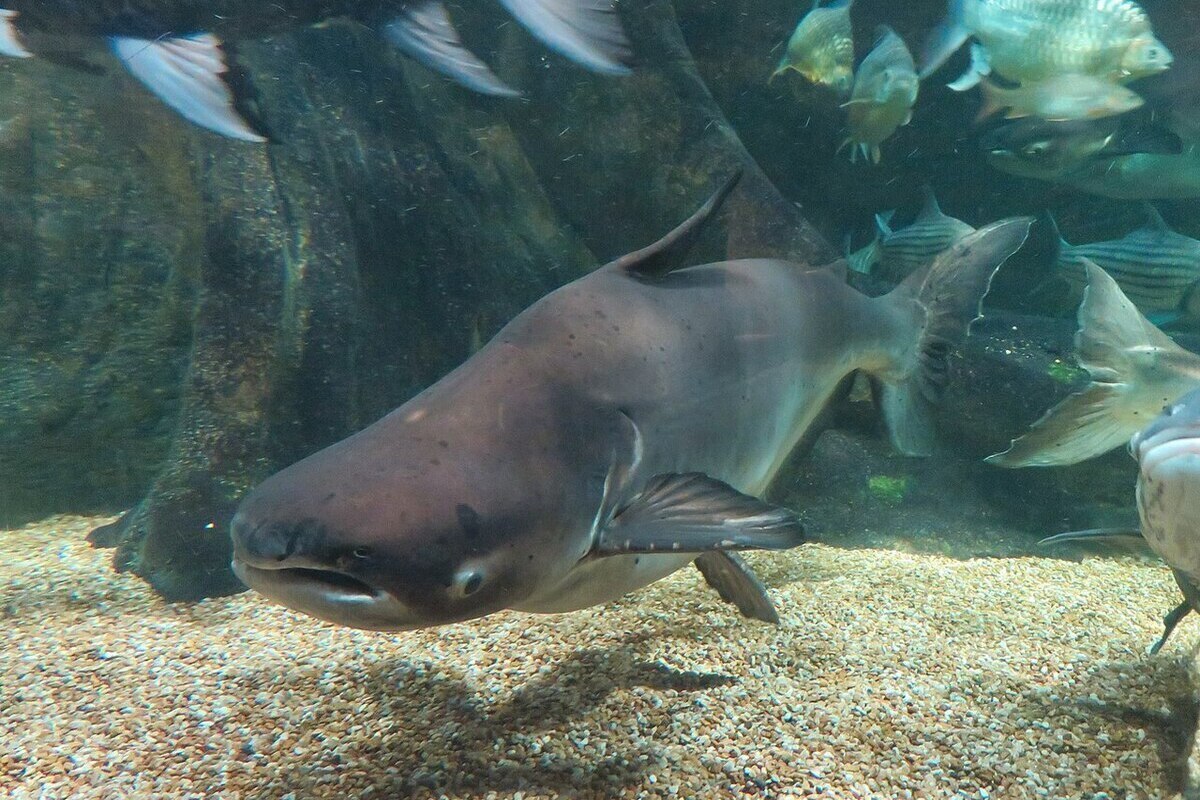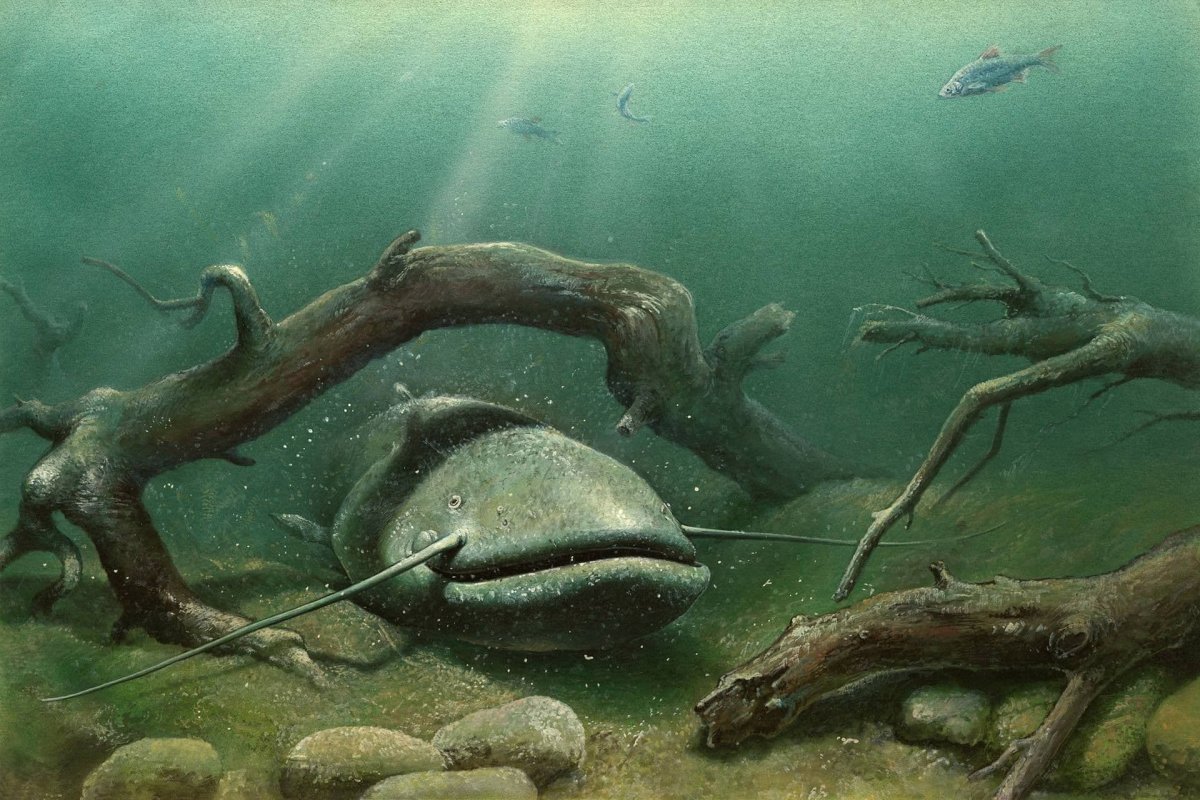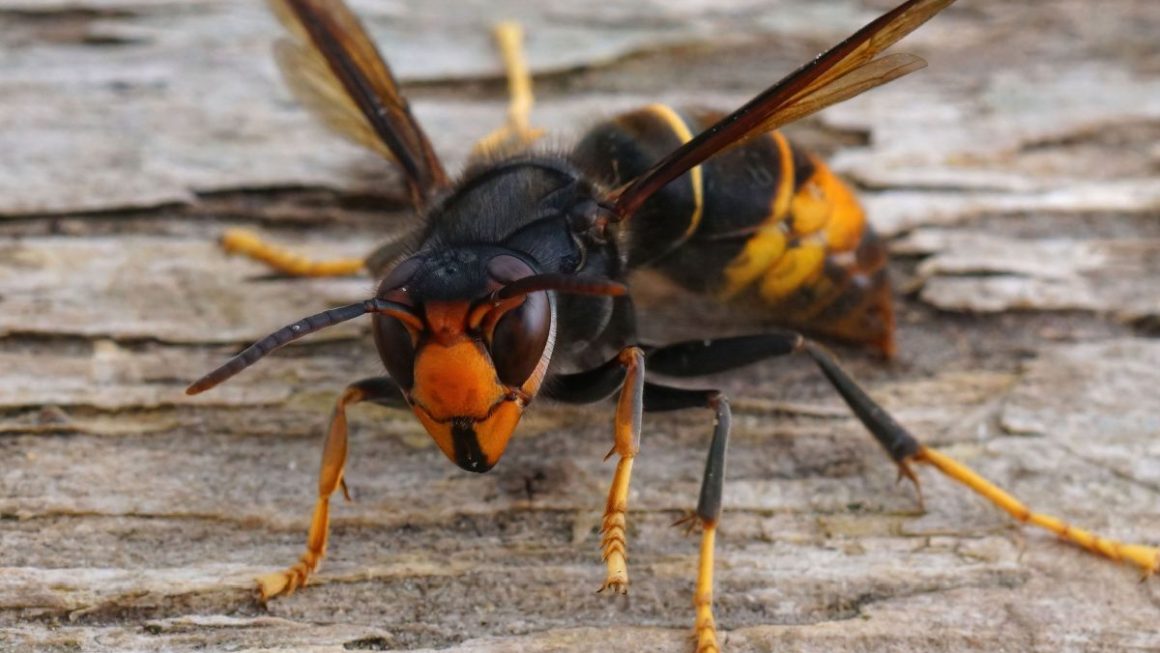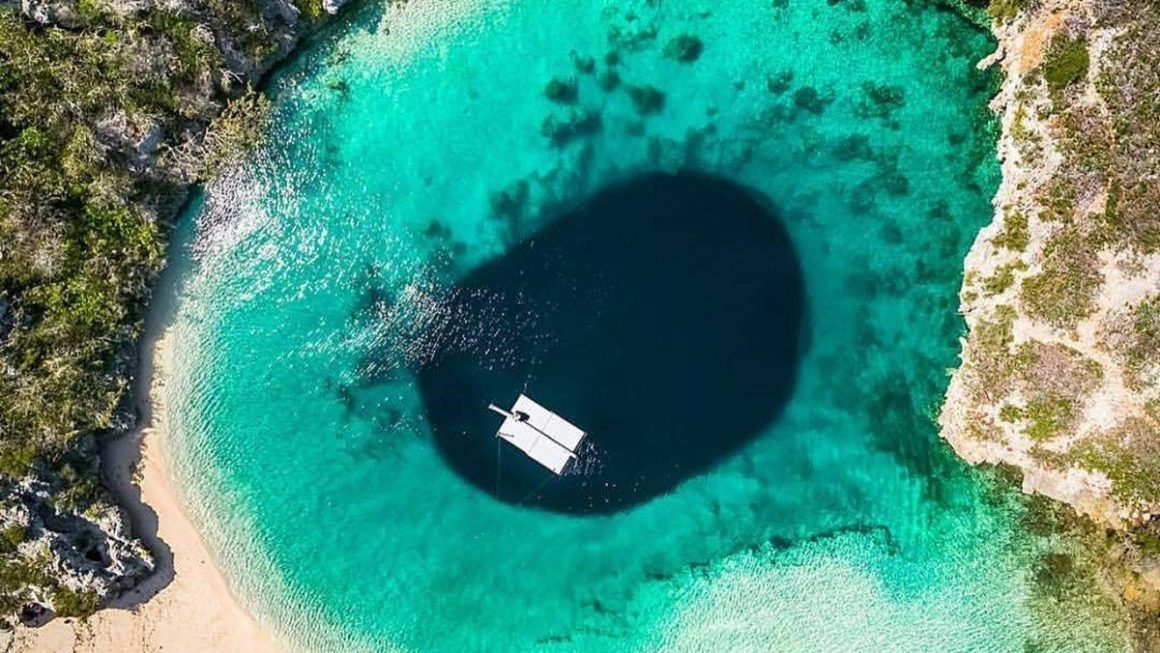In Brazil, thousands of catfish have been observed climbing a four-metre waterfall, an unprecedented phenomenon. This fascinating sight has attracted the attention of researchers.
In November 2024, an astonishing scene unfolded on the Aquidauana River. In the Brazilian state of Mato Grosso do Sul, police officers from the environmental unit watched in amazement as thousands of two-coloured catfish attempted to climb a four-metre-high waterfall. The images, which were quickly shared, attracted scientists who came to document this unprecedented spectacle. But behind the strangeness of this spectacle lie fundamental questions about the adaptation and survival of this still largely unknown and rare species.
A physiological feat observed for the first time
A few days after the first observation, a team of researchers visited the site to analyse the behaviour of these South American freshwater catfish (Pseudopimelodidae). They found that during the day, the fish hid in shaded areas under rocks, before coming out at dusk to begin their ascent.
This regularity allowed scientists to detail the mechanism of the climb. According to a study published in the Journal of Fish Biology, ‘the catfish were observed spreading their pectoral and ventral fins wide, while using their tails and lateral movements to propel themselves against the current’. The researchers suggest that a suction system also allows them to hold onto smooth, slippery surfaces, making such a feat possible.
This phenomenon has never been described before for this species. For researchers, this is a rare opportunity to study this two-coloured catfish, recognisable by its orange and black stripes, whose lifestyle remains difficult to observe due to its preference for fast-flowing rivers. The event also revealed the presence of at least three other species of fish attempting to climb the waterfall, suggesting that this behaviour may not be exclusive to Pseudopimelodidae.

A migration threatened by human activities
While researchers have a general understanding of the mechanism of the ascent, the reason for such behaviour remains unclear. The most credible explanation is that they are travelling upstream to reproduce. ‘Observations showed the presence of both males and females among the climbers, most of whom were mature adults, and the timing coincided with the onset of the rainy season,’ the study notes. This period corresponds to the start of the spawning cycle for many fish species in the region, supporting the hypothesis of a move to upstream areas favourable for spawning.
Beyond the spectacular image of waterfalls covered with fish, the discovery has a crucial ecological dimension. As the study’s authors point out, ‘behaviours such as waterfall climbing may be particularly vulnerable to environmental pressures, including habitat fragmentation and dam construction.’ In this sense, documenting these exceptional movements strengthens the case for protecting river systems. For scientists, the conservation of migratory routes is now a key issue in preserving species that, while remaining discreet, demonstrate an extraordinary capacity for adaptation.




